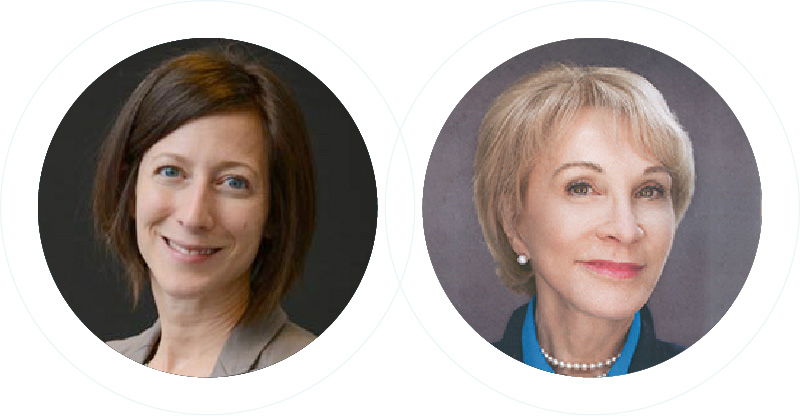
According to the Center on the Developing Child at Harvard University, in the first few years of life more than 1 million new neural connections form every second. With children experiencing rapid brain development from birth to age 8, early childhood education and the experiences in those settings are critical for building a foundation of lifelong learning and success. Thus, supporting the educators who teach these early learners is perhaps one of the best educational investments that any school leader can make.
One way leaders support teachers is to observe classrooms and provide feedback. Maria Boeke Mongillo and Kristine Reed Woleck argue that those who observe and provide feedback to early childhood educators can leverage leadership content knowledge—knowledge about the principles of early childhood education—and apply that knowledge to the observation cycle and the context in which early childhood educators work.
To apply leadership content knowledge, school leaders should first be familiar with the National Association for the Education of Young Children (NAEYC) and their principles of child development and learning, most recently published in 2020. The list of nine principles includes the essential element of play for promoting joyful learning to foster self-regulation, language, cognitive and social competencies, and content knowledge across disciplines.
Once a school leader is familiar with NAEYC’s nine principles, they may consider applying early childhood-informed “look-fors” during an observation with related questions that can be used during a pre- or post-observation conference. Examples by area of teaching are provided below.
Look-Fors
Pre- or Post-Observation Questions
Look-Fors
Pre- or Post-Observation Questions
Look-Fors
Pre- or Post-Observation Questions
These systematic structures can be applied to make sure that observation and importantly, feedback to early childhood educators is meaningful and relevant.
This blog entry is the last entry as part of a four-part series on actionable feedback.
If this blog has sparked your interest and you want to learn more, check out our book, Actionable Feedback to PK-12 Teachers. And for other suggestions on supervising teachers in early childhood, see Chapter 10 by Maria Boeke Mongillo and Kristine Reed Woleck.
Missed the beginning of the series? Click here to read the first, second and third blog posts.
Schedule a demo with one of our friendly team members.